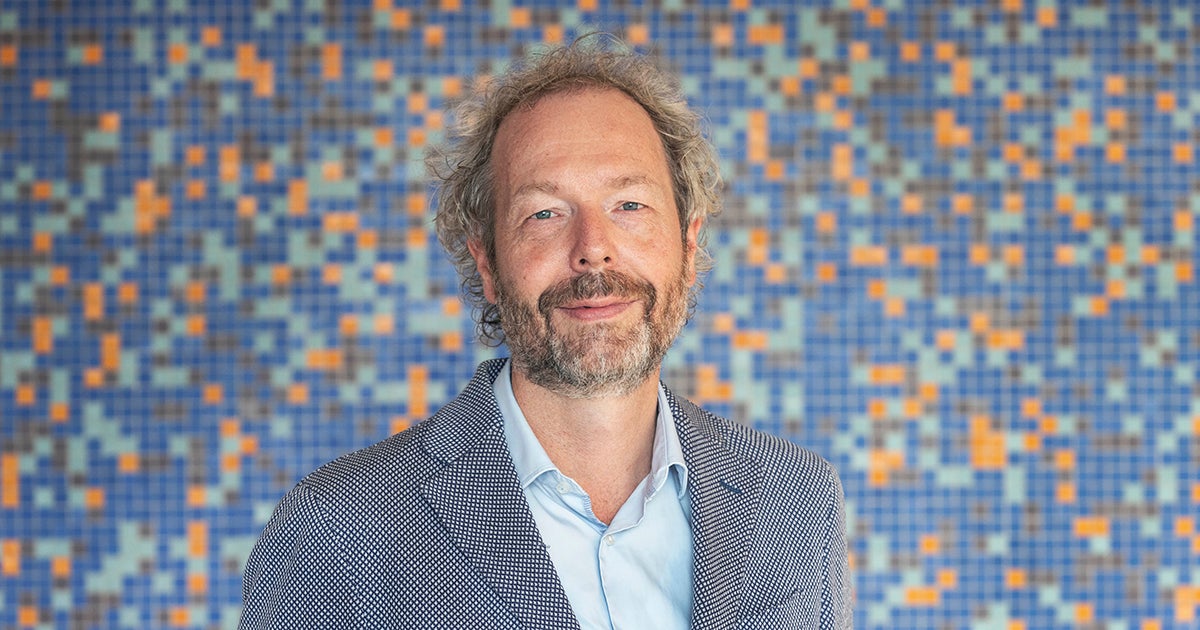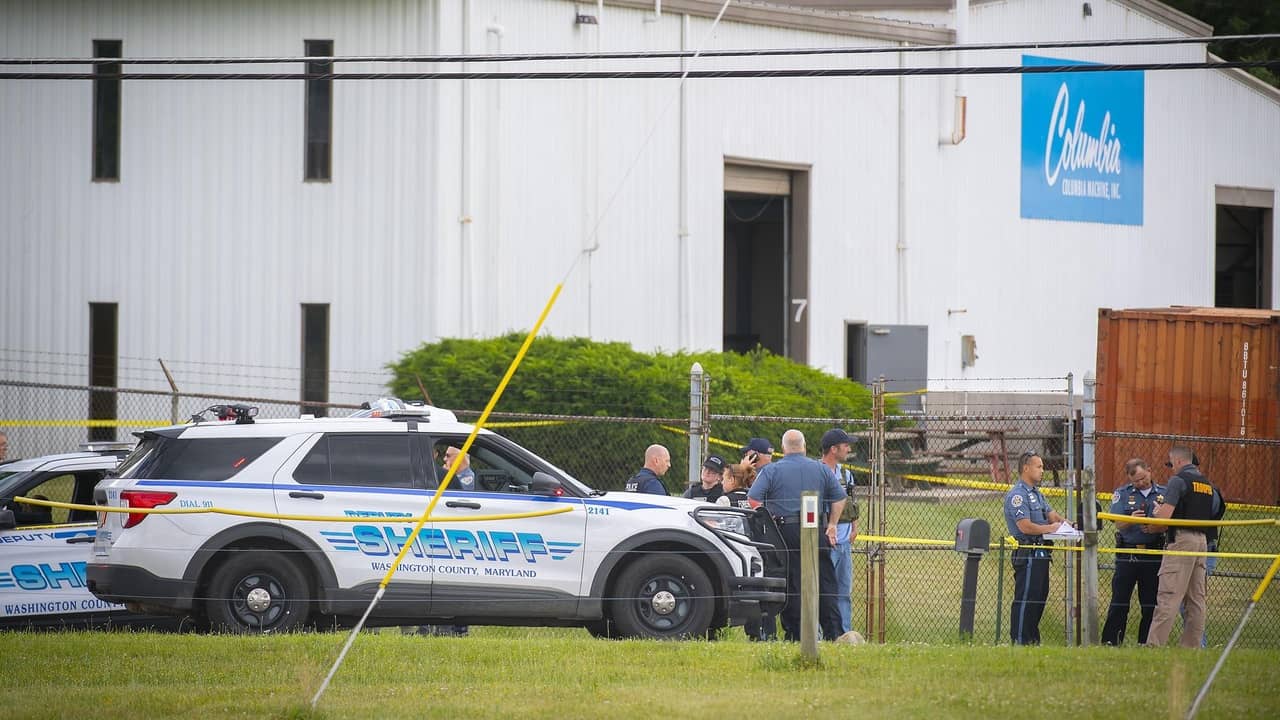New technologies, such as RNA and gene therapy, are increasingly leading to medicines for rare diseases. Unfortunately, the pharmaceutical industry usually charges exorbitant amounts for these types of drugs. For example, a one-off treatment of a child with the muscle disease SMA costs about 2 million euros. Moreover, due to the Dutch focus on cost-effectiveness, it will take at least a year, but usually longer, before expensive medicines for rare disorders become available to patients. And that while all rare diseases together may occur in 1 in 10 people. The Dutch approach has harsh features and must change, argued Professor of Neurology Ludo van der Pol in his inaugural lecture on Wednesday 8 June. He calls on politicians to give rare diseases a place in government policy.
To illustrate the power of the new treatments such as RNA and gene therapy, Van der Pol, who is also head of the Muscles for Muscles Children’s Center at the WKZ, presented a lecture during his inaugural lecture. movie about the brothers Reuben and Gideon. Ruben was diagnosed with spinal muscular atrophy (SMA), a debilitating muscle disease, after he was referred for falling frequently as a toddler. Gideon was born a few weeks after his brother was diagnosed with SMA. A DNA test showed that he would also get SMA. Both boys were given the drug nusinersen, but Ruben’s muscle weakness remains visible despite the treatment, especially when running. Without treatment, he would probably have lost his ability to walk between the ages of six and ten. Gideon was born before the onset of symptoms and moves completely normally. There are also more severe variants of SMA, in which children usually die before their first birthday without treatment. Early treatment is vital for this group.
Cost-effectiveness as a criterion
Because newborns can also be tested for SMA . via the heel prick since 1 June 2022, children with this muscle disease can now be treated before they develop symptoms. Recent technological developments make the treatment of rare diseases increasingly possible in the future. A good prospect, especially given that all rare diseases together occur more often than is usually assumed. However, there is often a lot of time between the development of expensive medicines and the moment that they become widely available. “That’s because determining cost-effectiveness in the Netherlands, unlike in most other European countries, is the most important criterion for the reimbursement of a medicine,” explains Van der Pol. “Treatment with expensive drugs is therefore not possible until the extensive cost-effectiveness analyzes and subsequent price negotiations have been successfully completed.”
The above process takes a year or more. Meanwhile, people with a rare disease live in uncertainty. The Zorginstituut can also decide to apply an age limit for a new medicine, for example if there is insufficient evidence for older patients to determine its effectiveness. The effectiveness of drugs for rare diseases has almost always been tested in small groups of patients: sometimes even in fewer than 100 patients at the time of marketing. An example is the treatment with nusinersen. At first, this was only reimbursed if the treatment was started before the age of 9.5 years, which led to panic among parents of children of around 9.5 years. There were also families where one child could be treated but the other could not be treated because of the age limit.
More proactive approach
In order to control the costs of medicines for rare diseases and get them to patients faster, the professor argues for a more proactive attitude from the government: “Drivers, if you listen: if you create markets, such as those for drug development for rare diseases, then you also need to want to regulate them and explore alternatives to price regulation.” Cost-effectiveness analyzes can provide a good picture of the (un)reasonableness of prices, but rapid access for patients to effective medicines should be given greater weight. He also provides possible solutions: explore and organize innovative private-public partnerships to arrive at sustainable solutions. But if that doesn’t work: if necessary, impose compulsory licenses on pharmaceuticals, or promote ‘magisterial preparation’, whereby (hospital) pharmacies produce too expensive medicines themselves. In addition, Van der Pol calls for price negotiations to be conducted in a European context. According to him, the size of the European market means that no company would want to miss out on the European Union as a sales market.
Expertise Center Neuromuscular Diseases
The Muscles for Muscles Children’s Center is the only center of expertise in the Netherlands for all neuromuscular diseases in children, including SMA. Rare conditions are often life-threatening or chronically disabling, difficult to recognize and diagnose. They are difficult to treat because often multiple organs are involved, if treatment is available at all. The expertise centers for rare diseases (ECZAs) are the place where patients can go. These centers of expertise are recognized by the Ministry of Health, Welfare and Sport.
The inaugural lecture is here to look back.
Questions, comments or tips for the editors?
–
–


